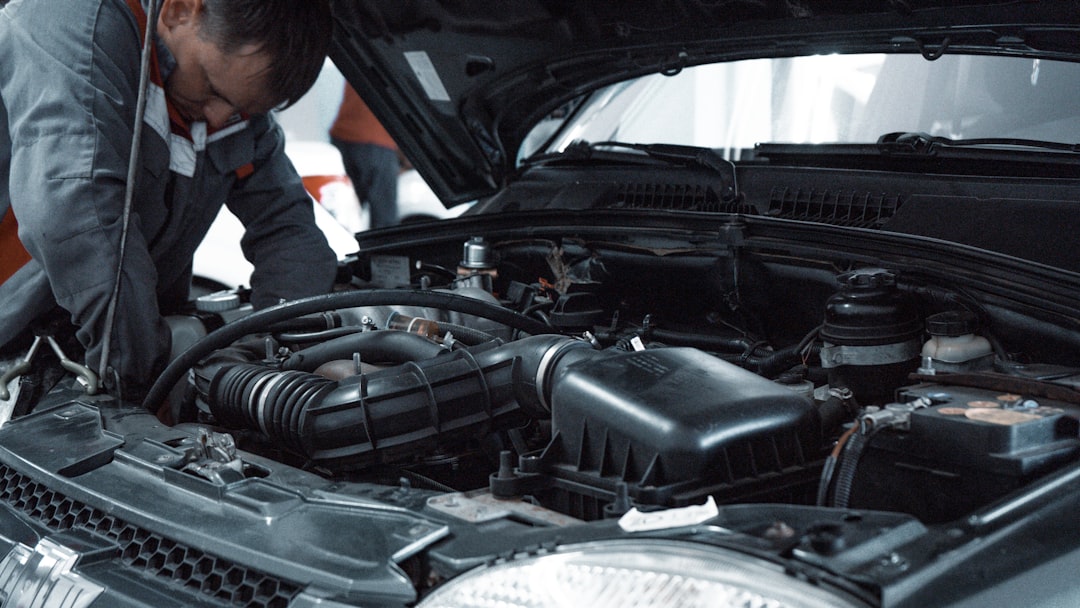That unsettling squeak. That concerning rattle. That ominous groan. Your car is talking to you, even if it’s not in words. Learning to decipher those mysterious sounds can save you money, headaches, and potentially, a roadside breakdown. This troubleshooting guide will help you decode your car’s cryptic messages.
Squeaks and Squeals:
* High-pitched squeak, especially when braking: This often indicates worn brake pads. Time for an inspection and likely replacement.
* Squeaking when turning: Could be a problem with your power steering fluid level or a worn belt. Check your fluid and visually inspect belts for cracks or fraying.
* Squeaking from the suspension: Dry or worn bushings are often the culprits. Lubrication might temporarily fix the issue, but replacement might be necessary.
* Squeaking from the interior: This could be anything from a loose trim piece to a worn seatbelt. A thorough inspection of the interior is necessary to pinpoint the source.
Rattles and Clunks:
* Rattle from the dashboard: Loose screws, worn clips, or even small objects trapped inside can cause rattles. Carefully examine and secure any loose components.
* Rattle from the engine compartment: Loose heat shields, worn engine mounts, or failing components can all produce rattles. This requires a more thorough inspection, potentially by a mechanic.
* Clunking sound over bumps: This often points to issues with your suspension system, such as worn shocks, struts, or ball joints. Professional inspection is recommended.
Grinds and Groans:
* Grinding noise when braking: This is a serious issue, often indicating worn brake rotors or calipers. Immediate attention is crucial.
* Groaning sound when turning: Similar to squeaking when turning, this could indicate low power steering fluid or a problem with the steering system itself.
* Grinding or whining noise from the engine: This could signify problems with belts, bearings, or even the transmission. Professional diagnosis is essential.
Hums and Whines:
* High-pitched whine, especially at higher speeds: This often points to a problem with your wheel bearings.
* Low humming sound: This could be caused by worn tires, alignment issues, or even problems with the transmission.
Important Considerations:
* Severity and Frequency: How often does the sound occur? Is it constant, intermittent, or only under certain conditions? This information is crucial for diagnosis.
* Location of the Sound: Try to pinpoint where the sound originates from. This will significantly narrow down the possibilities.
* When the Sound Occurs: Does the sound happen when braking, accelerating, turning, or simply while idling? This is a key piece of information.
This guide provides a starting point for troubleshooting your car’s sounds. However, it’s crucial to remember that this is not a substitute for professional advice. If you are unsure about the cause of a sound, or if the sound is severe, it’s always best to consult a qualified mechanic. Ignoring unusual noises can lead to more serious and costly problems down the line. Regular maintenance and prompt attention to unusual sounds will keep your car running smoothly and safely for years to come.













